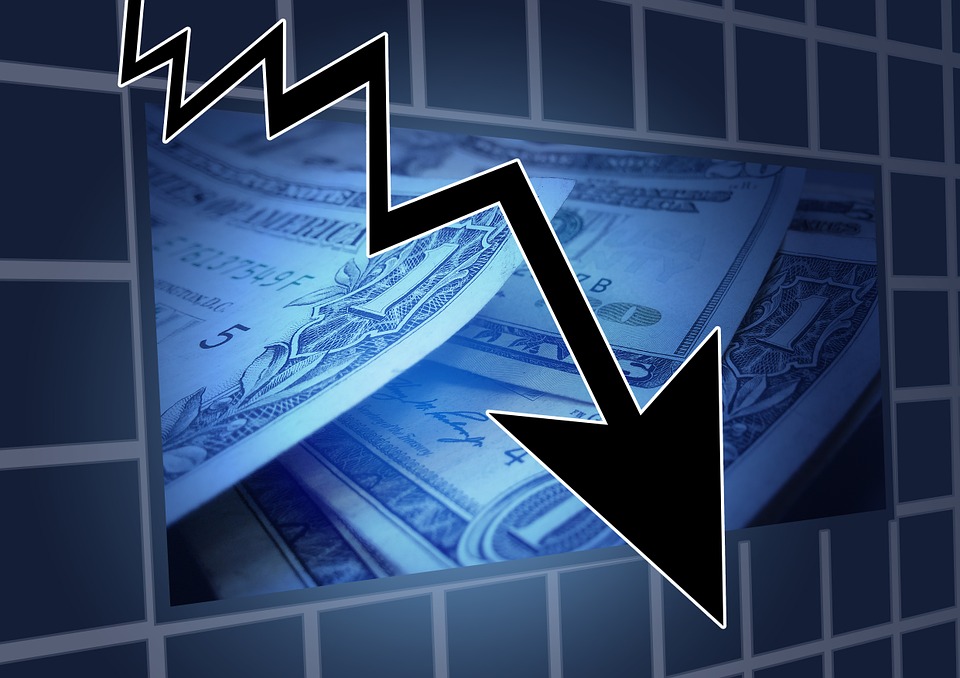Gross Domestic Product is considered as the most indicative figure of how economy of any country has performed in a particular period. Developing economies like China and India can score high in this regard as compared to developed ones like US and Japan owing to the reason that the former ones haven’t still tapped all sectors and elements of growth, be it infrastructure or industry. But are GDP figures so decisive that any deceleration for six uninterrupted quarters (as in our case) should be considered as a sign of distress?
Let us note in this respect that there exists no standardized method to calculate GDP growth rates and economies across the globe employ customized ways to reach their numbers. China is widely unpopular for doctoring its data with respect to industrial output and factory growth rates; India on the other hand has shifted to a new methodology for calculating GDP, a result of which is a quick rise in numbers. This, however, doesn’t mean that one can squarely reject this percentage since it is backed more by rationales than by any underlying ill-intents.
In our case, we need to focus more on other critical aspects of economic downturn than just create panic over losing the tag of fastest growing emerging economy. As a matter of fact, the recent Paradise Papers leak speaks of how the economy of Ireland witnessed an extraordinary 26 percent upsurge in 2015 due to move of intellectual property rights there; in the second quarter of 2017-18, the same Irish economy grew 5.8 percent, so is it a matter of serious concern to the policy makers and other stakeholders out there?
For India, more worrying trend is the absolute decrease in the number of jobs created and the continually weakening private investment.
Also read: Is Indian Economy in Terrible Shape?
Job growth can be easily attributed to private investment. While the latter has been dismal since India Inc. is skeptical of future demand, reeling under combined effect of note ban and implementation of GST tax regime, the former couldn’t match with the number of jobseekers joining the workforce every year. As far as jobs are concerned, despite showing a healthy growth trend for past two decades, India wasn’t able to create many jobs as this growth was services sector centric and manufacturing and agriculture, two core employers, are still under stress. The much-hyped ‘Make in India’ is still in its nascent stage and progress on R&D and intellectual property has been poor.So, the policy makers know where to place their labours.
Private investment can see an upward trend only when Indian banking system is liberated of its NPA mess and industrialists are hopeful of demand when they borrow to increase their capacities. India, meanwhile, has some positive figures to boast of, say the above-400 billion USD forex reserve and our strict compliance with fiscal consolidation targets. Economists have suggested a few promising ways to put these high reserves to better economic use, it is time the government contemplates adopting a capable idea.
It is simple to note then that the GDP figures shouldn’t create chaos and the focus must be directed toward key impediments to social and economic prosperity – low private investment and declining job growth.
Disclaimer – The views or opinions expressed in the article are the personal opinions of the author and do not in any way reflect the views of Suvipra. Suvipra does not assume any responsibility or liability for the same.
To get your article published on Suvipra.com, refer our guidelines Guidelines
Contribute article Contribute








